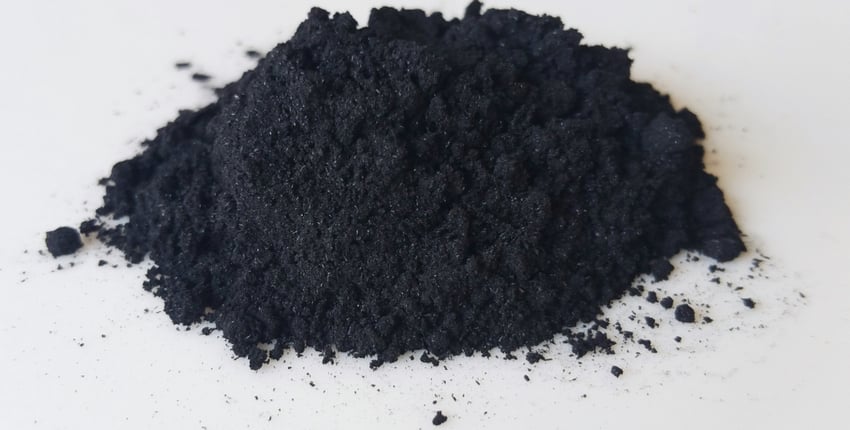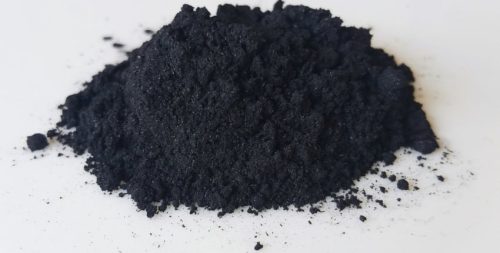Graphite has become the mainstream lithium battery negative electrode material in the market due to its advantages such as high electronic conductivity, large lithium ion diffusion coefficient, small volume change before and after layered structure, high lithium insertion capacity and low lithium insertion potential.
As the demand for lithium-ion batteries continues to grow, a large number of waste lithium-ion batteries also follow. Recycling waste lithium-ion batteries is not only conducive to improving the recycling rate of resources, alleviating the shortage of resources, but also effectively avoiding environmental pollution.
Waste lithium-ion batteries need to be pretreated before being recycled by physical or chemical methods to achieve the purpose of preliminary separation. In order to avoid short-circuit or spontaneous combustion of spent lithium-ion batteries during disassembly, they are usually fully discharged by immersion in saturated salt solution. The fully discharged waste battery can be processed by manual dismantling, mechanical crushing and screening, and then waste graphite black powder can be obtained.
During the processing of waste lithium-ion batteries, some metal impurities (Li, Al, Co, Ni, etc.), organic electrolytes, and binders will inevitably be included in graphite, which will affect the subsequent material recovery efficiency. Therefore, it is necessary to purify the anode material.
The resource utilization of graphite anodes of spent lithium-ion batteries is also a current research hotspot. The recycled high-purity graphite can be used as graphite negative electrode again, with excellent capacity retention and coulombic efficiency.
In addition to using waste graphite directly as a reducing agent, the recovered recycled graphite can be prepared into an adsorbent.
In addition, since the regenerated graphite maintains the original lattice of graphite, it can be used as a graphene raw material. Some researchers used the improved Hummers method to prepare regenerated graphite into graphite oxide, and finally prepared graphene with vitamin C as the reducing agent.
Graphite is an important strategic resource. Recycling and reusing graphite anodes of lithium-ion batteries will not only help balance the supply-demand contradiction in the graphite resource market, but also reduce the environmental hazards of battery products. At present, more in-depth research is still needed on the recycling and reuse of graphite anodes of lithium-ion batteries, strengthening the research and development of efficient and clean utilization and harmless disposal technologies of waste lithium-ion battery anode materials, and further expanding the utilization of recycled graphite and its products way.


